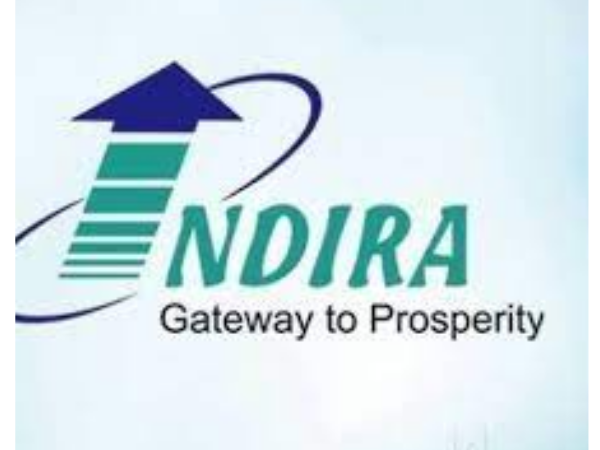What are the top 10 Indian stocks for a retirement portfolio for a person in mid-50
Most investors want to make investments that will provide them with significant returns as rapidly as possible while minimizing the danger of losing their principal. This is why so many people are on the search for great investment programs that will allow them to double their money in a matter of months or years while posing little or no risk.
Unfortunately, there is no such thing as a high-return, low-risk investment product. In fact, risk and return are inextricably linked; they go hand in hand, i.e., the higher the risk, the higher the reward.
When it comes to saving for their financial goals, Indians consider the following investment alternatives.
1 Direct Investment
Because stocks are a volatile asset with no guarantee of profits, they may not be suitable for everyone. Furthermore, it is difficult not only to select the suitable stock, but also to timing your entry and exit.The only silver lining is that stock has beaten all other asset classes in terms of inflation-adjusted returns over long periods of time.
2 Mutual funds are a type of investment that allows you
Equity mutual funds are mutual funds that invest largely in stocks. According to the Securities and Exchange Board of India (SEBI) Mutual Fund Regulations, an equity mutual fund scheme must invest at least 65 percent of its assets in stocks and equity-related securities. An equity fund might be actively or passively managed.
3 Dept Mutual funds
Debt mutual fund schemes are perfect for investors who want a steady income source. They are less volatile than equity funds and so considered less risky. Debt mutual funds invest primarily in fixed-income assets such as corporate bonds, government securities, treasury bills, commercial paper, and other money market instruments.
These mutual funds, on the other hand, are not risk-free. They are fraught with dangers such as high interest rates and credit risk.
4 National Pensions Systems.
The Pension Fund Regulatory and Development Authority (PFRDA) manages the National Pension System (NPS), which is a long-term retirement-focused investment product. The annual fee for maintaining an NPS Tier-1 account has been reduced from Rs 6,000 to Rs 1,000. Stocks, term deposits, corporate bonds, liquid funds, and government funds are all included. Based on your risk appetite, you can decide how much you wish to risk.
5 Public Provident Funds (PPFs).
Compounding of tax-free interest has a substantial impact, especially in the later years, because PPFs have a 15-year tenure. It's also a safe bet because the interest earned and the principle invested are both backed by the government. Remember that the PPF interest rate is reviewed by the government every quarter.
6 Bank Fixed deposit (FD)
In India, a bank fixed deposit is seen as a safer investment than stocks or mutual funds. The deposit insurance and credit guarantee corporation (DICGC) guidelines cover each depositor in a bank up to a limit of Rs 5 lakh for both principle and interest as of February 4, 2020.
Previously, the maximum principle and interest coverage was Rs 1 lakh. Depending on your preferences, you can choose between monthly, quarterly, half-yearly, yearly or cumulative interest possibilities. The interest rate is applied to one's earnings and taxed in accordance with one's tax bracket.
7 Senior Citizens' Saving Scheme (SCSS)
Most retirees' first option is the Senior Citizens' Saving Scheme, which is a must-have in their financial portfolios. As the name implies, this service is only for older citizens or early retirees. SCSS can be applied for at a post office or a bank by anyone over the age of 60.
SCSS has a five-year duration, which can be extended by three years if the scheme matures. You have a maximum investment limit of Rs 15 lakhs.
It's also feasible to create more than one account. SCSS interest is paid four times a year and is fully taxed. Keep in mind that the scheme's interest rate is reviewed and adjusted on a quarterly basis.
The interest rate on an inv


 Français
Français English
English Deutsch
Deutsch Español
Español Italiano
Italiano Português
Português